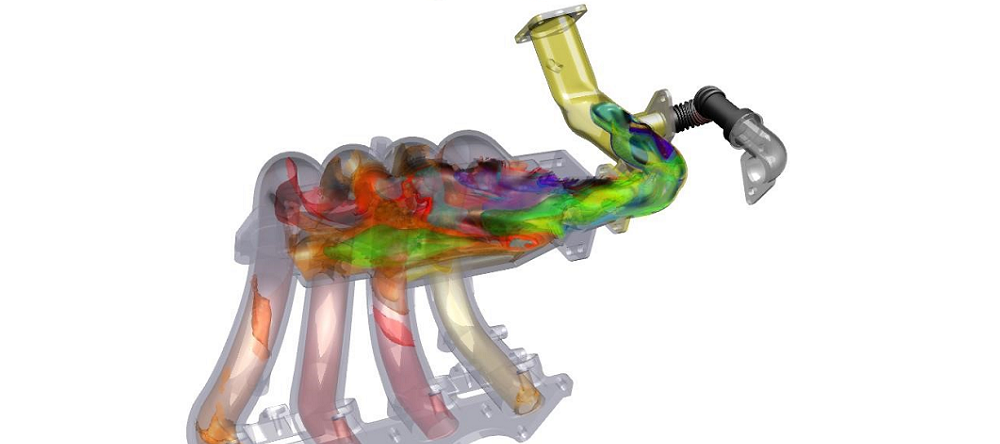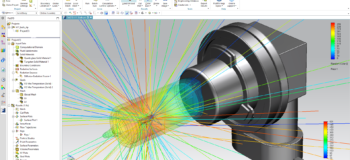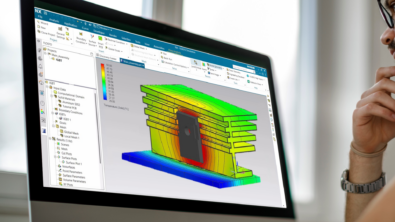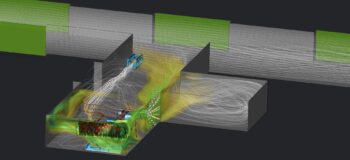What they didn’t teach you in school about heat transfer

What do the following design projects have in common?
- Building an intercooler filter for a high-performance engine
- Cooling brakes on a sports car
- Improving performance of a NASCAR vehicle
- Developing protective housings for electricity, gas, telecommunications and boilers
If you say simulation, you’re partially right. Simulation is important in solving the core design problem of pressure, or more likely controlling it.
After all, a pressure loss translates to a loss in energy which would have to be compensated by a higher energy demand. Therefore, it stands to reason that an optimized design resulting in the optimal pressure conditions, would result in energy savings. While it’s easy to look-up the various formulas that can help us figure this out, it’s not always easy to apply them when you’re designing a complex product and need to calculate the pressure loss. There is no such thing as x-ray vision glasses that can help you visualize it. The closest thing we have is simulation and pressure loss calculation software. Pressure drop calculation software is based on computational fluid dynamics (CFD) technology. It can be one of the most important design tools available to a design engineer as it can help them understand trends in their designs and separate models with potential from the poor ones.
You probably have a million questions by now. That’s why we’ve put together this whitepaper: What they didn’t teach you in engineering school about pressure drop – Whitepaper. Download it to learn how:
- To use pressure loss calculation software to tackle pressure loss during the design phase (as opposed to waiting until the validation phase or worse yet after field failure)
- To harness the power of pressure loss calculation software to answer the difficult questions
- Design engineers from a wide range of industries have solved their pressure related design challenges
Engineers worldwide have downloaded this whitepaper and we hope it answers a few of your questions. Of course please feel free to contact us should you have any questions.


